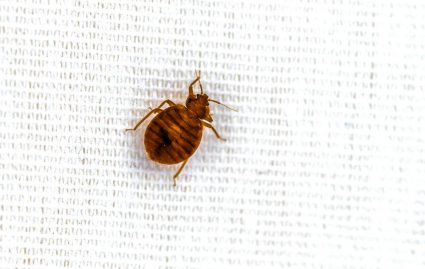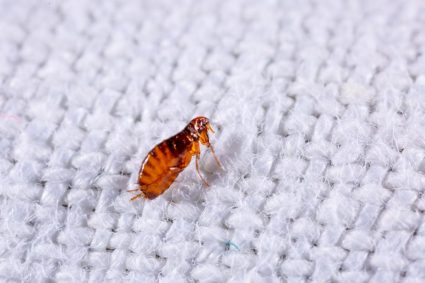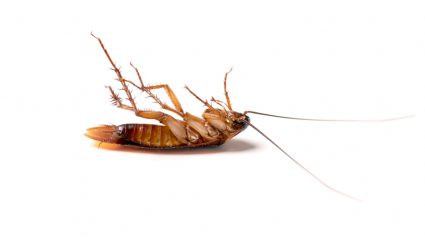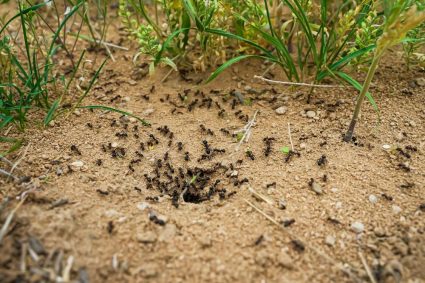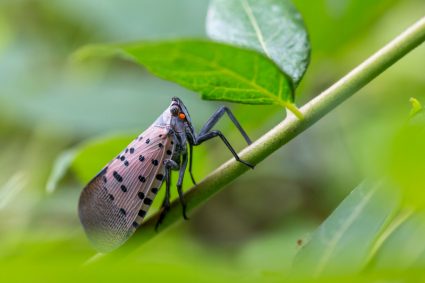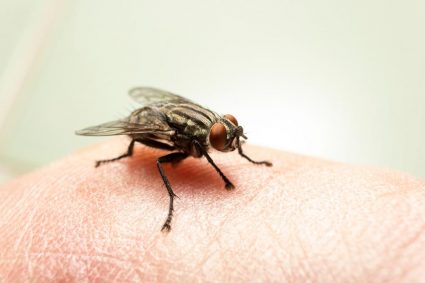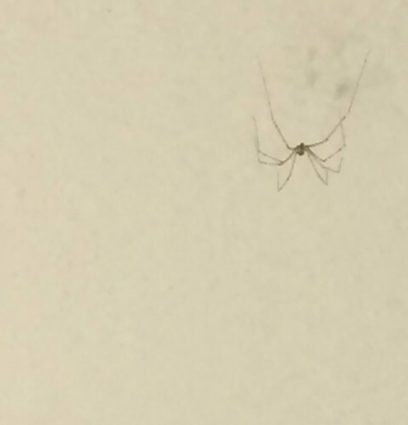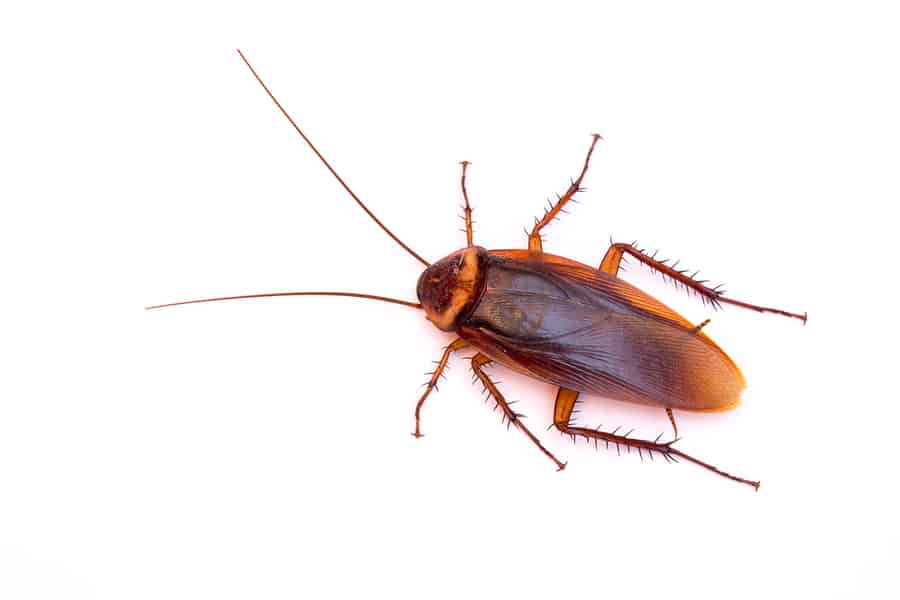
If you spot your neighbor doing a roach extermination, chances are, the escaping roaches will look for an alternative nest.
Also, roaches migrate from one house to another when their population outgrows their present spot. But are there any tips one can apply to prevent these unwanted visitors from entering? Definitely, yes. In this guide, we will consider five simple strategies.
Having a clean house does not entirely protect you from a roach infestation. The problem with roaches entering your house from a neighbor is that you often have no control over the situation.
It takes just one weak spot for your once peaceful home to shelter roaches. However, you can prevent this by:
- Close all potential entry points like cracks and crevices.
- Monitor all potential food and water sources. These include stagnant water, garbage, food crumbs, etc.
These are two practical methods. We discussed other strategies in the guide. Stealthily read and apply the instructions to get rid of roaches coming from your neighbors.
In the following headings, we will walk you through five strategies to eliminate roaches coming from neighbors and answer some questions about roach migration and infestation.
5 Ways To Banish Roaches Coming From Neighbors

Like most house bugs, roaches enjoy migrating from one house to another when their population outgrows their present spot. If they find your apartment unkempt, they will be happy to come around your space.
But that is not the only reason to be wary of these crawling insects. Even if you keep your house clean, having unsanitary neighbors can put your house at risk.
To prevent roaches from entering your house from the neighbors, you must make it unwelcoming. Below, we will show you some steps to follow to prevent roaches from occupying your house. Here we go!
1. Speak to Your Neighbor

Before taking any preventive measures, confirm that your neighbor is the source of the infestation first. That way, you can better deal with the problem since you know the source.
Approach your neighbor in a friendly manner and tell them what you have noticed and your suspicions. If they confirm that they have a roach infestation problem, you can proceed to discuss how to deal with it.
They may welcome your concern and solutions you prefer, like suggesting they hire an exterminator. However, not everyone will take kindly to this. Your neighbor can get embarrassed and get defensive.
In that case, you can send a formal complaint with documented evidence of the infestation spreading to your property. In your letter, you can threaten legal action and ask for compensation for any extermination costs you may incur.
Although you can sue your neighbor in this case, it is often difficult to prove. The chances of winning are slim, and you may only get compensation if the damage is severe enough.
Another thing you can do is to complain to the landlord and allow him to handle the situation with your neighbor on your behalf.
2. Close All Potential Entry Points
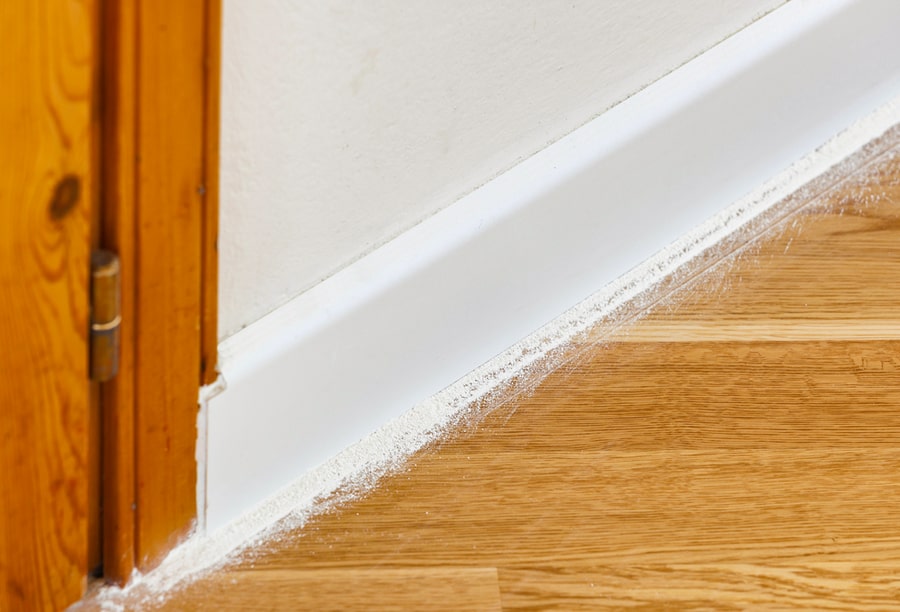
After speaking to your neighbor about your concern and possible strategies to end the infestation, return to put your house in order, now, the first thing to do in your apartment is to close all potential entry points.
To prevent more roaches from entering your house from your neighbor, conduct a thorough inspection of your apartment. The aim is
to identify potential entry spots, remember that roaches can enter from the tiniest gaps.
So, do not overlook cracks, crevices, or hidden nooks and crannies. Close up these entry points with caulk. You can get caulk from a local hardware store or online marketplace.
Run this caulk across these openings and other vulnerable spots like pipes. However, rubber sealants or a door sweep are better alternatives to caulking for your doors.
The reason is that caulk can get messy. The last thing you want is to ruin your house’s aesthetics while trying to fix an insect infestation.
Rubber sealants keep vermin from passing the space underneath your door. So, you get double protection with caulk for cracks and holes – and sealants for the gaps under the door.
3. Monitor All Potential Food and Water Sources

Like humans, roaches need food and water to survive. They can move from one house to another to find it.
So, one of the best ways to prevent or deal with a roach infestation is to remove all stagnant water and garbage. This way, your house becomes unattractive to these pests.
Even if you have an existing roach infestation problem, starving the roaches will help eliminate them. Make a habit of picking up food crumbs and wiping down surfaces.
Clean spills as they occur, and sweep your house frequently to pick up trash you may have missed. Clean your freezers, microwaves, and toasters to remove all food traces.
Further, it is vital to limit where you eat within your house. If you are used to enjoying late-night snacks in the bedroom or sitting room, this may be the time to quit.
Limit your meals to the dining room or kitchen so it is easier to trace infestation sources. Check all water pipes and storage units for leaks.
Inspect all bathrooms and your basement to be sure there are no issues. If you spot any, fix them immediately to prevent a roach infestation.
4. Store Food in Airtight Containers

Cockroaches go for more food sources than the crumbs falling off your table. If your kitchen store has opened food containers and packaging, it may draw these unpleasant pests inside.
So, when roaches migrate from your neighbor’s place, the scents from your kitchen can call them to a new home. However, with airtight food containers, you can reduce the chances of this happening.
These containers prevent scents from escaping and form a barricade that roaches can’t get past. Although they may be pricey, airtight containers are a good investment.
However, ensure you buy containers with rubber seals. This is because containers without seals can still let cockroaches in, even if they are closed shut.
5. Use Insect Repellants

There are many natural and chemical repellants you can use against roaches. Natural roach repellants include essential oils made from lavender, vinegar, citrus, and eucalyptus.
You can make an insect repellant spray by combining these oils with water. Then, spray them around potential entryways like drainages, doors, and windows. Roaches from the next house will get a whiff of the strong scent and back off.
Alternatively, you can get diatomaceous earth from a local hardware store to deal with the roach problem. This fine chemical made from diatom remains kills insects on contact.
Spread some of this powder around identified entry points. Roaches and other insects that step on it will sustain life-threatening injuries and likely die.
Take extra care while using the diatomaceous earth powder. When inhaled, the chemical can harm your health. We recommend wearing a face mask before handling it.
Conclusion
Having a clean house does not entirely protect you from a roach infestation. The problem with roaches entering your house from a neighbor is that you often have no control over the situation. It takes just one weak spot for your once peaceful home to shelter roaches.
However, you can prevent this by following the tips discussed above. But before taking any preventive measures, we recommend you speak to your neighbor first. Afterward, you can further fortify your house from these crawling insects. First, seal all potential entry points in your apartment, like cracks, crevices, and gaps.
After that, remove all potential food sources like stagnant water and garbage. Other strategies include storing food in airtight containers and applying insect repellants.
Frequently Asked Questions
Do Roaches Move From House to House?
Roaches often migrate from an infested spot to another location. They typically move through boxes and furniture or enter from cracks and slips in your walls. So, if your neighbor is dealing with an infestation, you may want to be on guard.
What Is the Most Effective Roach-Repellant Strategy?
There are many options for repelling roaches, and no one is the most effective.
However, keeping your house tidy has proven to prevent an infestation the most. This strategy is best combined with others, like closing entryways and removing potential food sources.


